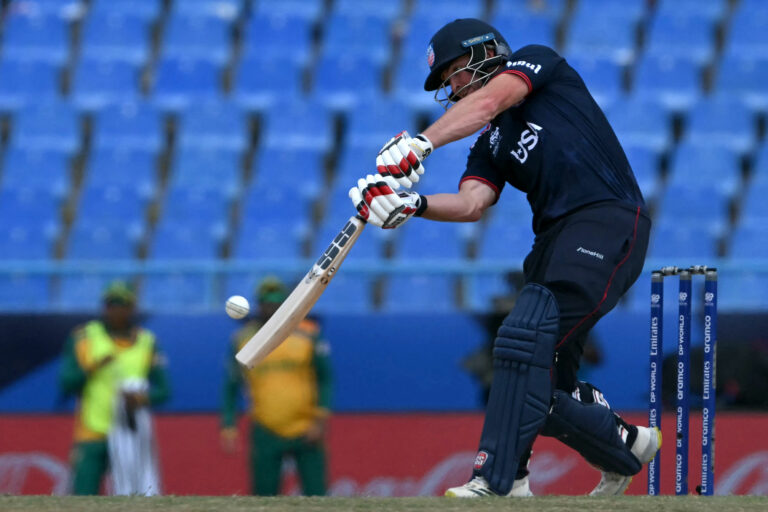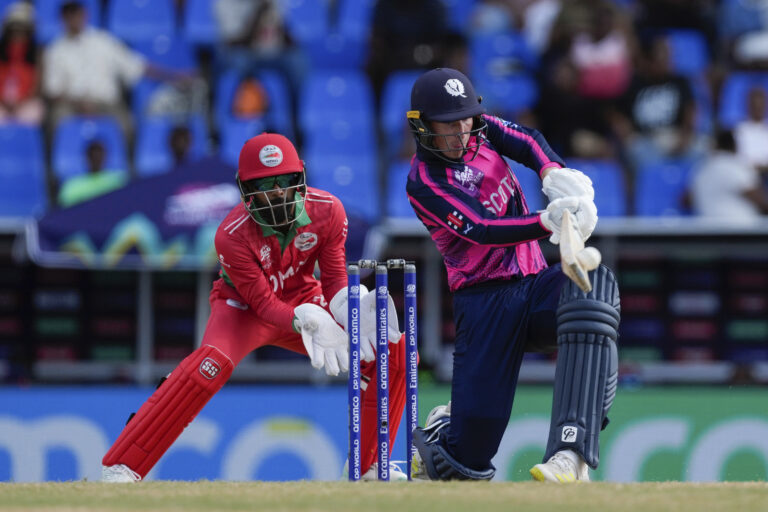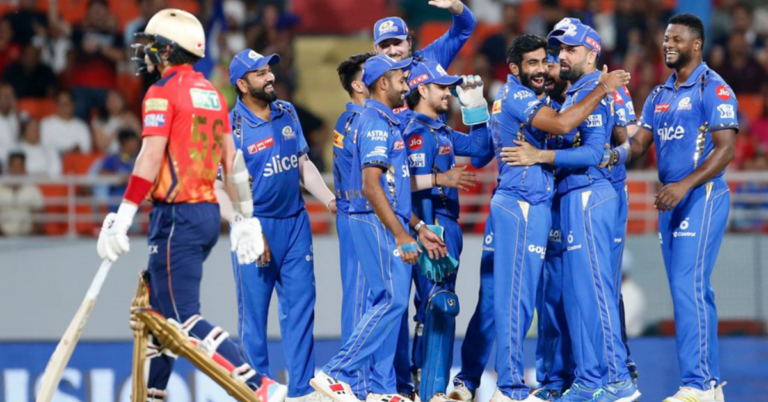Cricket and Culture: Preserving Traditions
Cricket, often regarded as more than just a sport, holds significant importance in the preservation of cultural heritage. It serves as a medium through which traditions, values, and narratives are passed down from one generation to the next. The rituals and practices associated with cricket play a pivotal role in shaping the identity and maintaining the historical roots of various communities.
The essence of cricket lies not only in the rules and techniques of the game but also in the stories and anecdotes that accompany it. The folklore surrounding legendary matches, iconic players, and momentous victories are integral to the cultural fabric of societies where cricket is revered. By celebrating these narratives, communities uphold their unique heritage and create a sense of collective memory that transcends time and geographical boundaries.
• Cricket serves as a medium for passing down traditions and values from one generation to the next.
• Rituals and practices associated with cricket play a vital role in shaping community identity.
• The stories and anecdotes surrounding cricket matches, players, and victories are essential to cultural preservation.
• Celebrating these narratives helps uphold unique heritage and create a sense of collective memory.
Evolution of Cricket Traditions
Cricket, a sport entrenched in tradition and history, has seen a fascinating evolution of its customs and practices over the years. From its humble beginnings as a leisurely pastime played in meadows to a highly competitive professional sport, cricket has undergone significant transformations in its traditional practices.
The evolution of cricket traditions can be traced through various aspects of the game, such as the format of matches, the rules governing gameplay, and the attire worn by players. As the sport adapted to changing times and preferences, traditional test matches gave way to the fast-paced excitement of limited-overs formats, bringing in new dynamics and strategies to the game. Moreover, the advent of technology in cricket, including innovations like DRS and Snickometer, revolutionized the way the game is played and officiated, reshaping traditional practices and enhancing the overall fan experience.
Impact of Globalization on Cricket Culture
Globalization has undeniably played a significant role in shaping the culture of cricket around the world. Through the increased accessibility and exposure facilitated by global communication networks, cricket has transcended geographical boundaries and connected people of diverse backgrounds. This widespread dissemination of the sport has not only enhanced its popularity but has also led to a fusion of various cricketing traditions and practices.
As cricket continues to gain a global following, the influence of different cultures and playing styles has become more prominent. The blending of techniques, strategies, and approaches from various cricketing nations has enriched the sport, resulting in a dynamic and diverse cricket culture. Additionally, the commercialization of cricket due to globalization has brought about changes in the way the sport is perceived, consumed, and experienced by fans worldwide.
How has globalization affected the traditional cricket culture?
Globalization has brought about changes in the traditional cricket culture by introducing new formats, technologies, and a more diverse player base.
What impact has globalization had on the traditional cricket norms and values?
Globalization has led to a blending of cultures and values in cricket, resulting in a more inclusive and diverse environment within the sport.
How has the globalization of cricket influenced the way the game is played?
The globalization of cricket has introduced new techniques, strategies, and playing styles from different parts of the world, leading to a more dynamic and competitive sport.
What are some of the challenges faced by traditional cricket cultures in the face of globalization?
Traditional cricket cultures may struggle to maintain their unique identities and practices in the face of globalization, as they adapt to changes brought about by the influx of new influences and technologies.
How can traditional cricket cultures adapt to the impacts of globalization?
Traditional cricket cultures can adapt to the impacts of globalization by embracing diversity, preserving their core values, while also being open to incorporating new ideas and innovations from around the world.







